
Do Ebikes Use Lead-Acid Batteries?
Ebikes today mainly use lithium-ion batteries for their superior performance and longevity, replacing lead-acid batteries from earlier models. Lithium-ion batteries offer higher energy density, extended lifespan, and are lightweight compared to lead-acid counterparts. Lead-acid batteries...
Read more →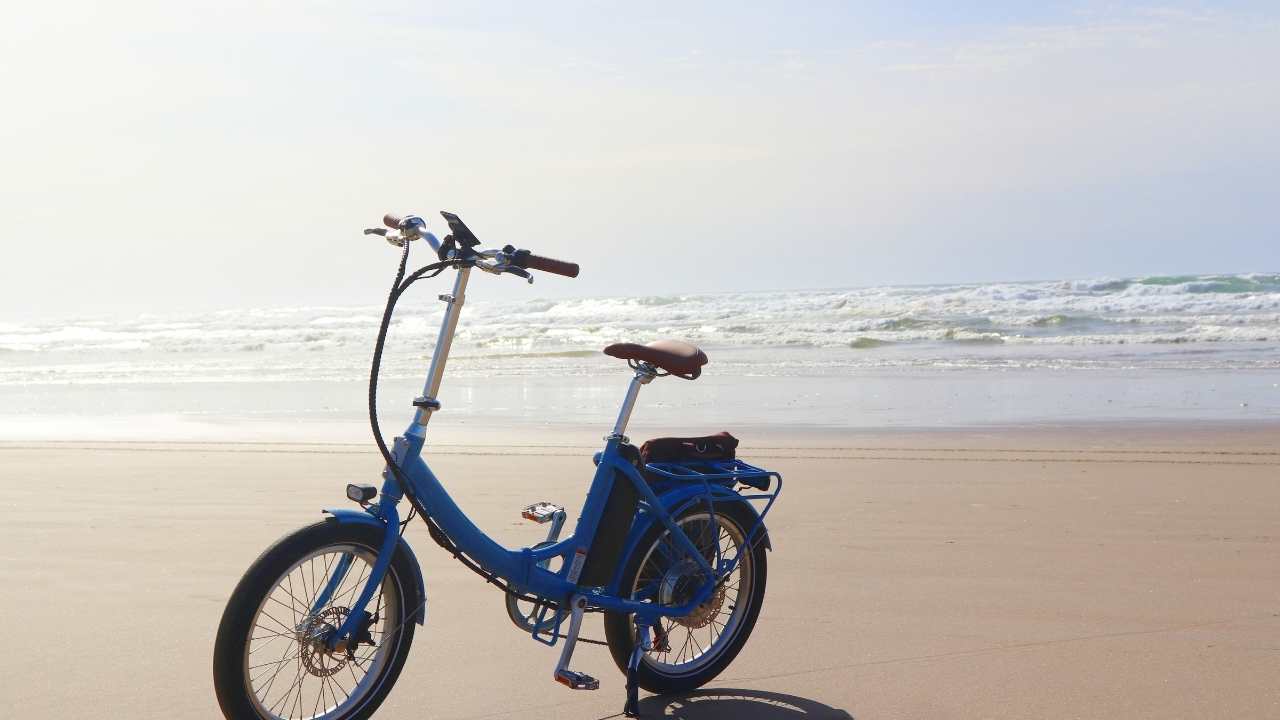
What Is the Lawsuit Against Rad Power Bikes?
The lawsuit against Rad Power Bikes involves claims of product defects and safety issues, impacting both the company and consumers. Allegations include faulty brakes, motors, and structural weaknesses in bike frames. This has prompted a focus on enhancing safety measures and quality control....
Read more →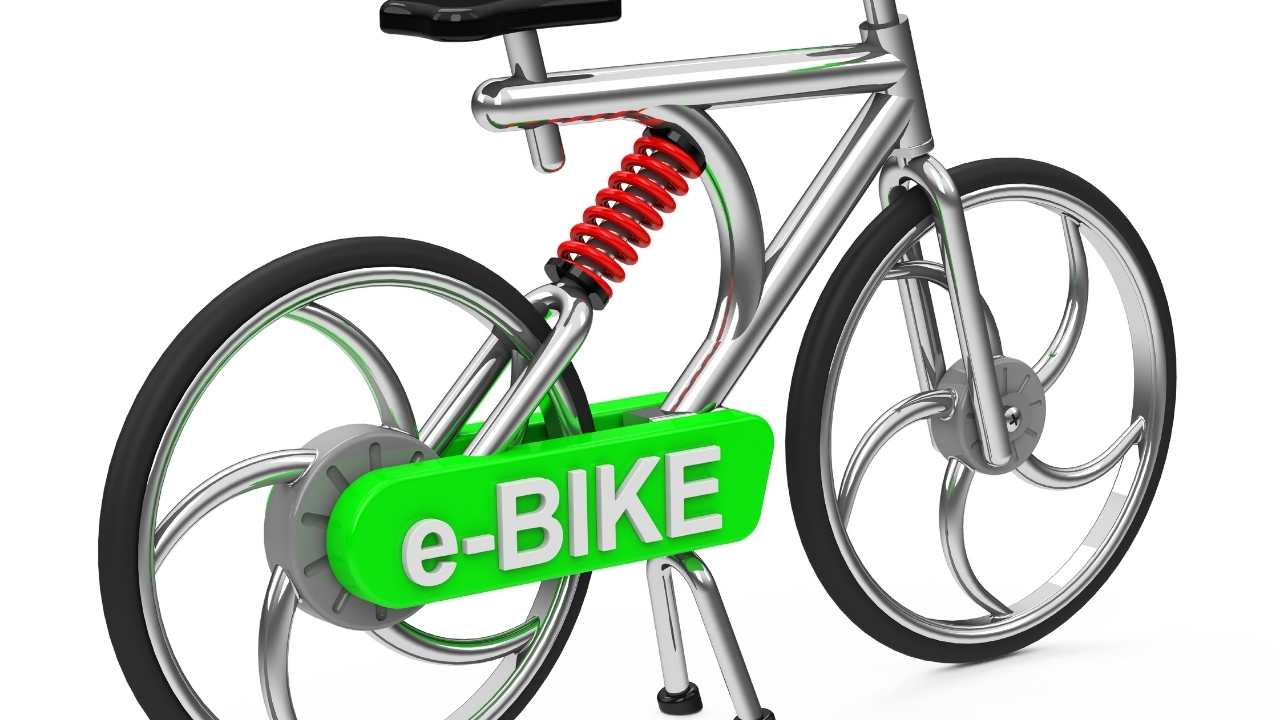
What Is the Trend in the E-Bike Industry?
The e-bike industry is currently evolving towards sustainability, technology integration, and specialized designs. This shift emphasizes safety, performance, and eco-friendly transportation choices. E-bikes are gaining traction due to their emission-free operation and contribution to cleaner...
Read more →
What Maintenance Does an Ebike Require?
To maintain an ebike, regularly inspect and clean it for best performance and safety. Check the frame, chain, gears, and brakes for damage and wear. Monitor tire pressure and tread condition for peak efficiency and safety. Properly lubricate the chain to reduce friction and noise. Follow ...
Read more →
Is Heybike Safe?
Heybike is safe thanks to its integrated LED lights, anti-theft alarm system, and sturdy frame. However, risks like collisions and brake issues exist, emphasizing the need for caution. Proper maintenance is key to extending its lifespan and ensuring safety, including helmet use, regular...
Read more →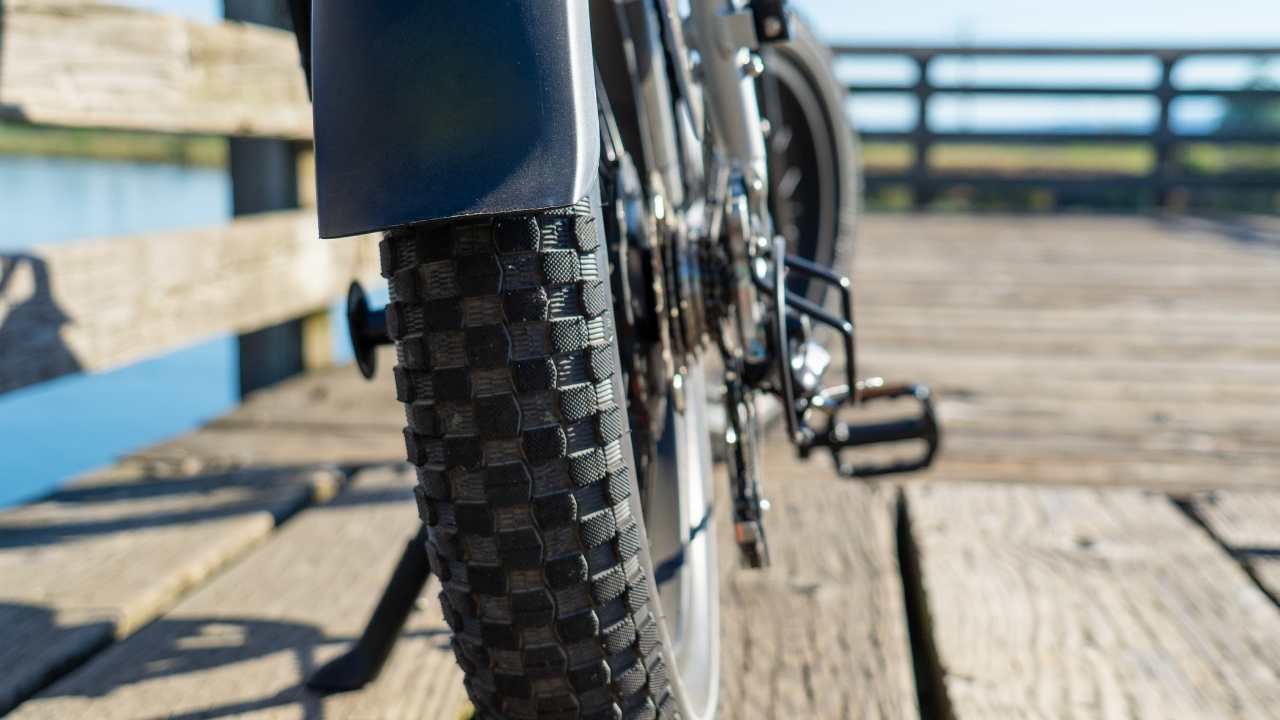
How Far Can an Electric Bike Go on a Full Charge?
An electric bike can travel varying distances on a full charge, influenced by rider weight, terrain, speed, tire pressure, and pedal assistance levels. Factors like battery capacity, estimating range, higher capacity batteries, motor efficiency, and energy consumption play significant roles....
Read more →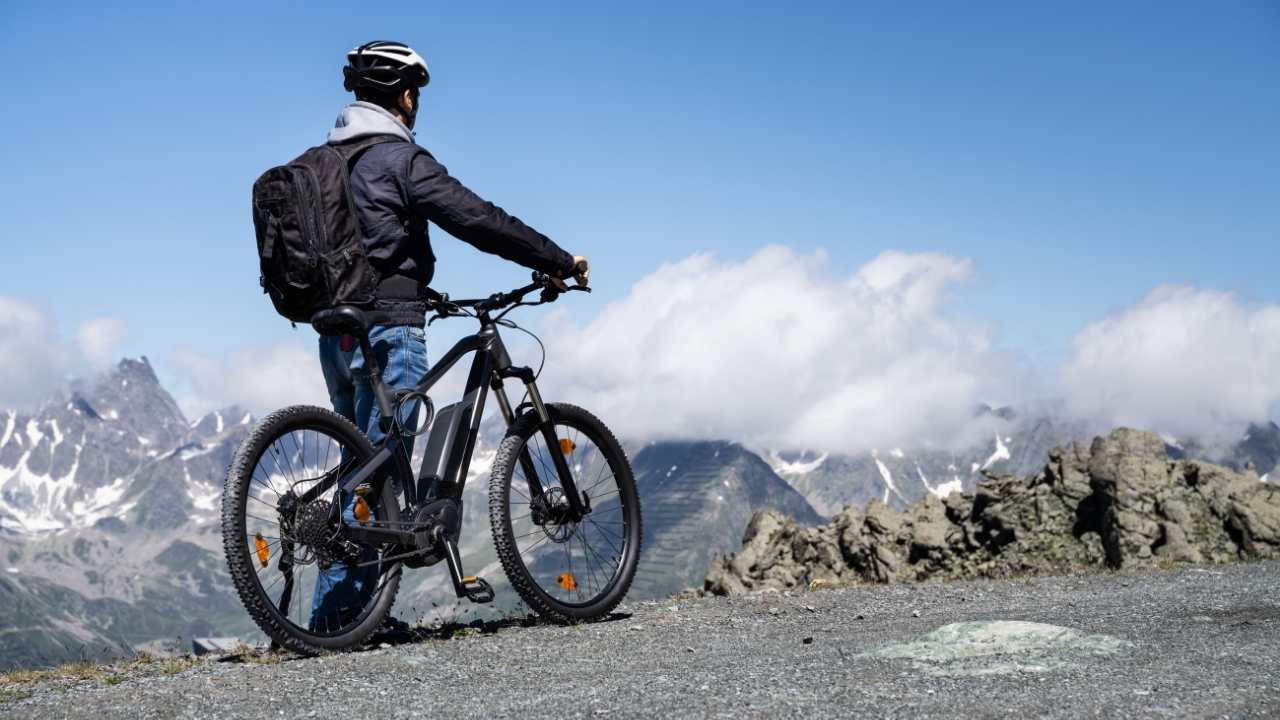
Are Any E-Bikes Made in the Usa?
Yes, there are American e-bike brands such as Rad Power Bikes, Aventon, Juiced Bikes, and QuietKat leading the way in USA-made e-bikes. These brands focus on innovation, quality, and sustainability, providing riders with unique riding experiences while adhering to strict safety standards. By...
Read more →
Who Sells the Most Ebikes in the Us?
Rad Power Bikes, Pedego Electric Bikes, and Specialized lead in the US ebike market, emphasizing quality and innovation. Rad Power Bikes offers reliable models at affordable prices, while Pedego focuses on style and comfort with safety features. Specialized stands out for high-tech and...
Read more →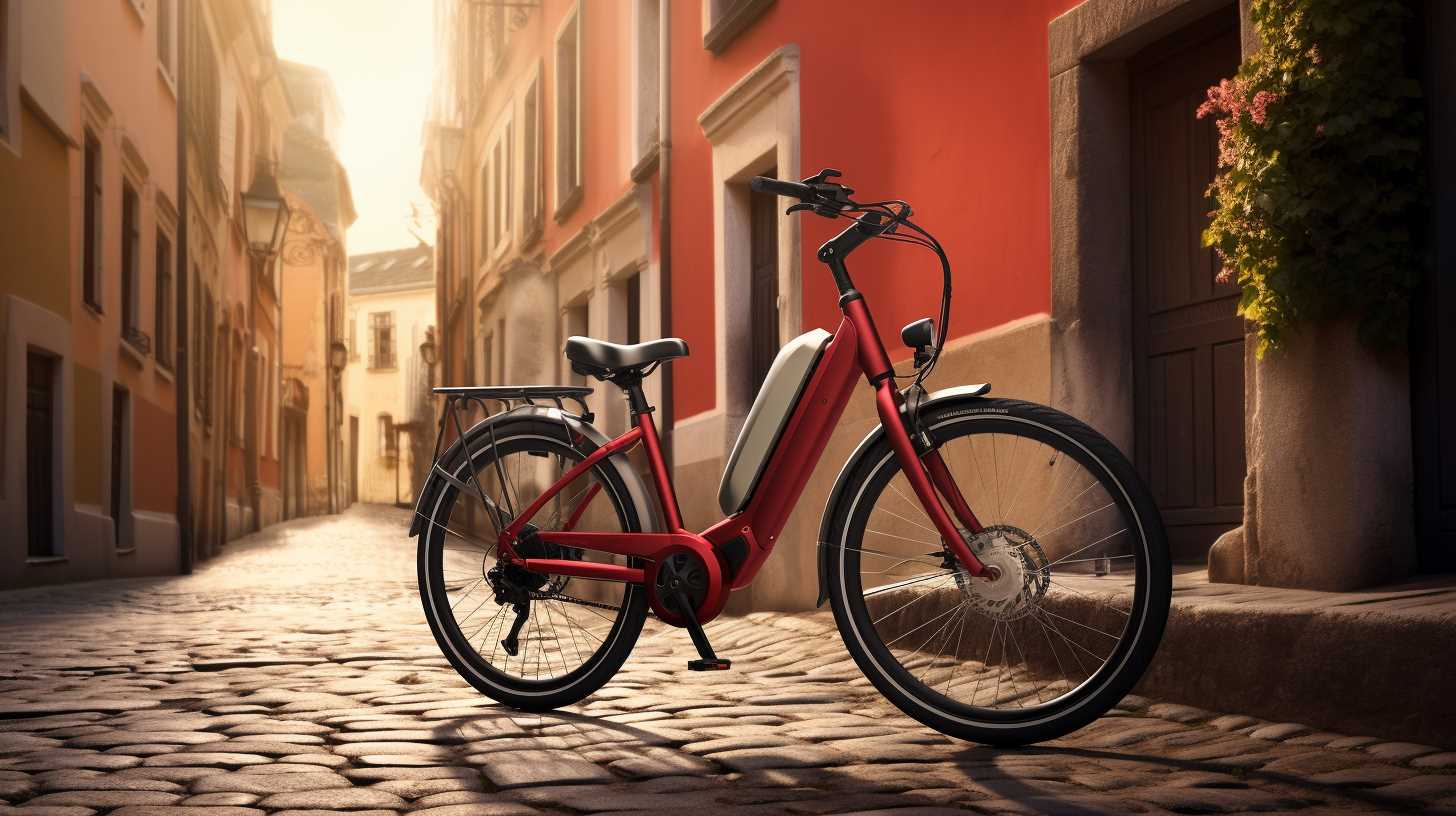
Can a Class 2 Ebike Have a Throttle?
Yes, a Class 2 ebike can have a throttle. This feature gives riders extra power and control, enhancing their cycling experience, while still respecting speed limits and safety rules. Throttles can offer instantaneous acceleration and help with maneuvering around obstacles. However, be...
Read more →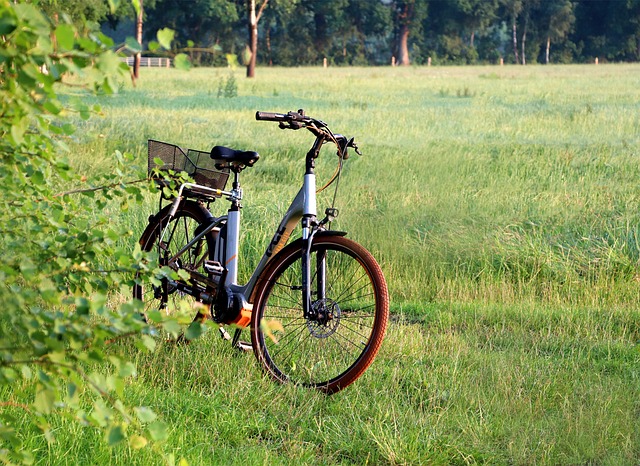
Which Is Better Lead Acid Battery or Lithium Ion Battery for Electric Bike?
When considering electric bike batteries, lithium-ion outshines lead acid due to its higher energy density, providing more power in a lighter, compact form for longer rides. It excels in performance thanks to better acceleration and range, enhancing handling with its lighter weight. With a ...
Read more →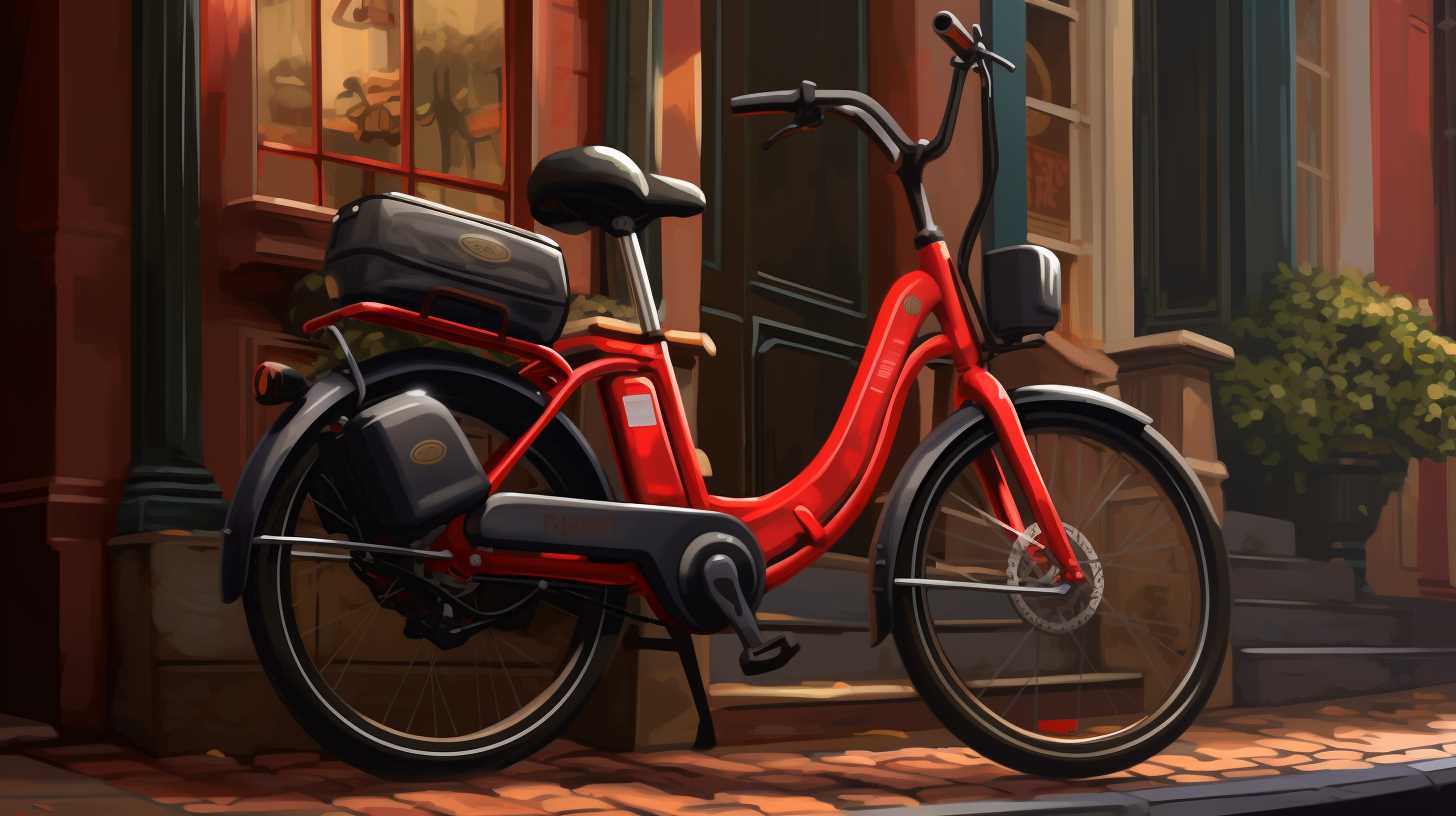
What Is the Forecast for E-Bike Sales?
E-bike sales are set to soar due to increased global demand, tech advancements, and the push for eco-friendly transport. Anticipate a significant uptick in sales with a continued focus on sustainable mobility, healthier lifestyles, and e-bike suitability for urban settings. Expect ...
Read more →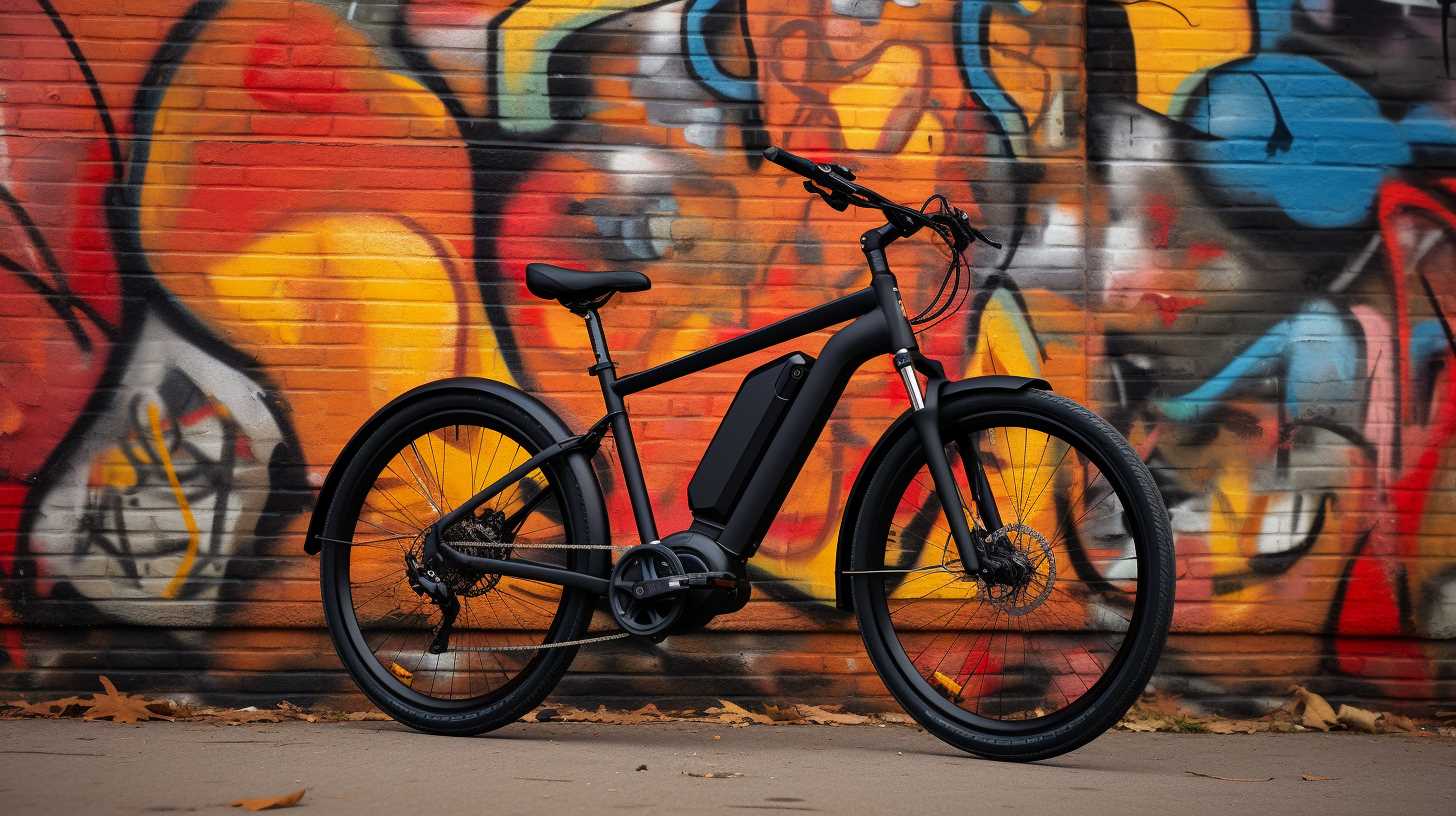
Which Is Better Lead Acid Battery or Lithium Ion Battery for Electric Bike?
When considering electric bike batteries, lithium-ion outshines lead acid due to its higher energy density, providing more power in a lighter, compact form for longer rides. It excels in performance thanks to better acceleration and range, enhancing handling with its lighter weight. With a ...
Read more →
What Class Ebike Is Best?
When determining the best class of ebike, consider your needs: Class 1 ebikes suit leisurely rides and flat grounds. Class 2 ebikes offer a relaxed ride with throttle support. Class 3 ebikes boast more power and speed, ideal for commuters and thrill-seeking enthusiasts. Each class caters to...
Read more →
Can You Get an Ebike With a Throttle?
Yes, ebikes with throttles are available, allowing riders to accelerate without pedaling for added convenience. Throttles are particularly useful on challenging terrains or for getting a quick start. Understanding throttle sensitivity is key to avoiding sudden speed bursts. Mastering throttle...
Read more →
What Is the Geometry of the E-Bike Frame?
Understanding the geometry of an e-bike frame is essential; it shapes handling, stability, and rider comfort. Key components like head tube angle, seat tube angle, and chainstay length significantly impact how the bike behaves on diverse terrains and at varying speeds. Geometry determines...
Read more →
What Is the New E-Bike Law in California?
California's new e-bike law classifies electric bicycles into three categories: Class 1 with pedal-assist up to 20 mph, Class 2 with a throttle up to 20 mph, and Class 3 with assistance up to 28 mph. Riders must follow speed limits based on these classes and where traditional bicycles are...
Read more →
What Is the Average Lifespan of an Ebike?
The average lifespan of an ebike typically ranges from 3 to 5 years. However, this duration can be influenced by various factors such as maintenance routines, usage intensity, and the quality of components used in manufacturing. By following proper care practices including regular...
Read more →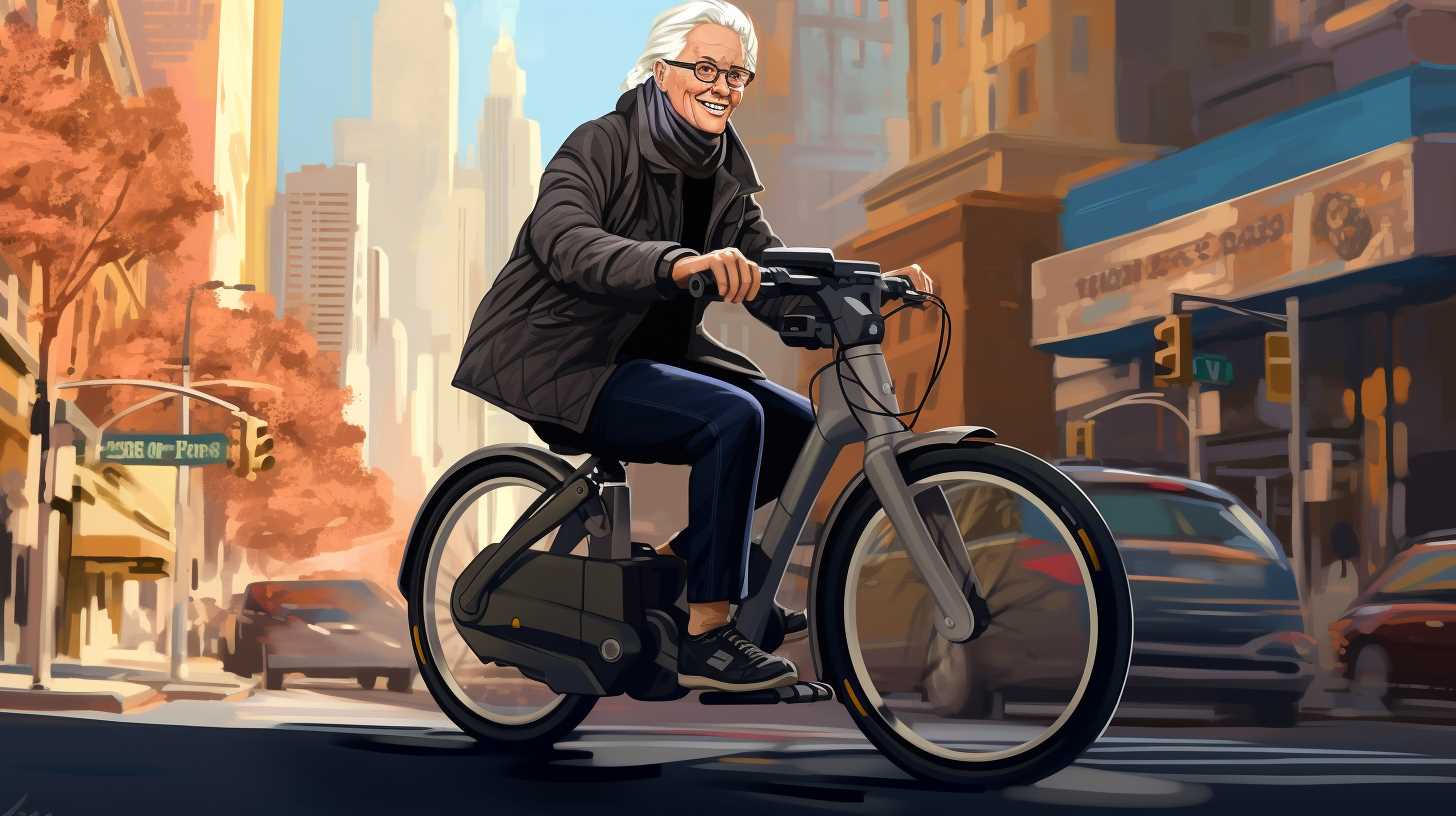
Which Is the Best Company of Electric Cycle?
For the finest electric cycle company, consider Company A for exceptional performance and innovation, ensuring cutting-edge technology and safety standards. Company B offers affordability and durability with quality materials. Company C excels in design and technology integration, focusing on...
Read more →
What Electric Bike Is Made in Usa?
American-made electric bikes, such as Rad Power Bikes, Aventon, and Propella, prioritize durability, safety, and innovation. These brands offer eco-friendly commuter options, high-performance mountain bikes, urban electric bikes, electric cruisers, and specialized models known for precision...
Read more →
How to Design Bike Geometry?
To design bike geometry, consider frame angles and dimensions for best handling and weight distribution. Frame size and fit impact comfort and performance; professional fitting refines these aspects. Angles like head tube and fork rake affect steering and stability, while key measurements such...
Read more →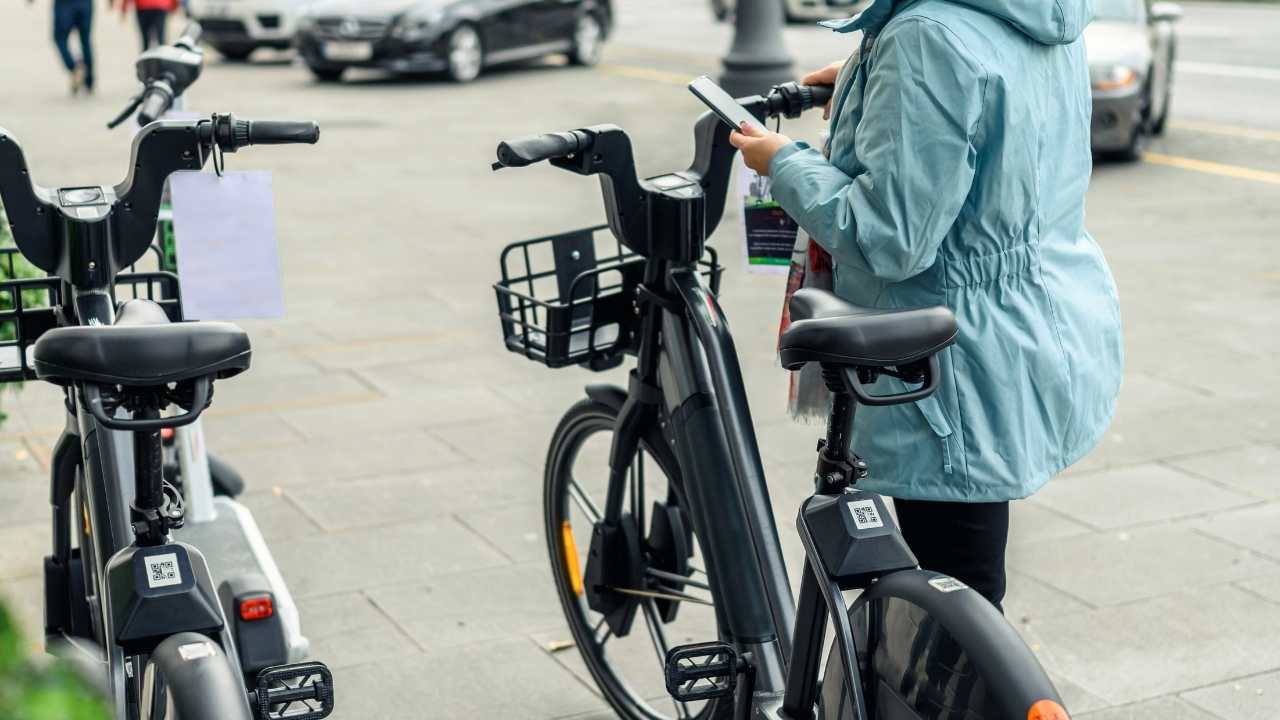
How Much Should I Pay for an Ebike?
When considering how much to pay for an ebike, factors like the type, features, and brand reputation determine the price. Basic models are affordable, while high-end options with advanced features can be more expensive. Battery technology, motor power, and brand influence cost. Lithium-ion...
Read more →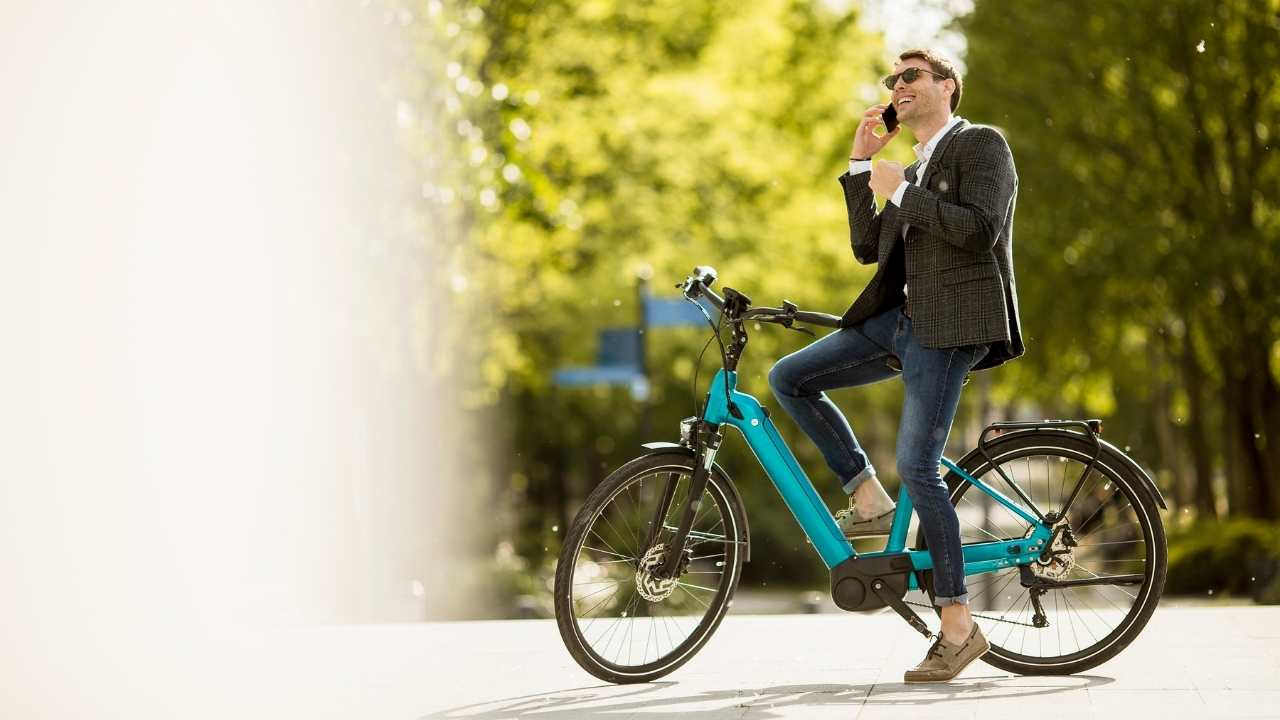
What Is the Potential Market for E-Bike?
The essential market for e-bikes is expanding rapidly due to rising environmental awareness, health considerations, and technological advancements. E-bikes offer a convenient, eco-friendly transportation option that aligns with current consumer preferences. Safety features, extended battery...
Read more →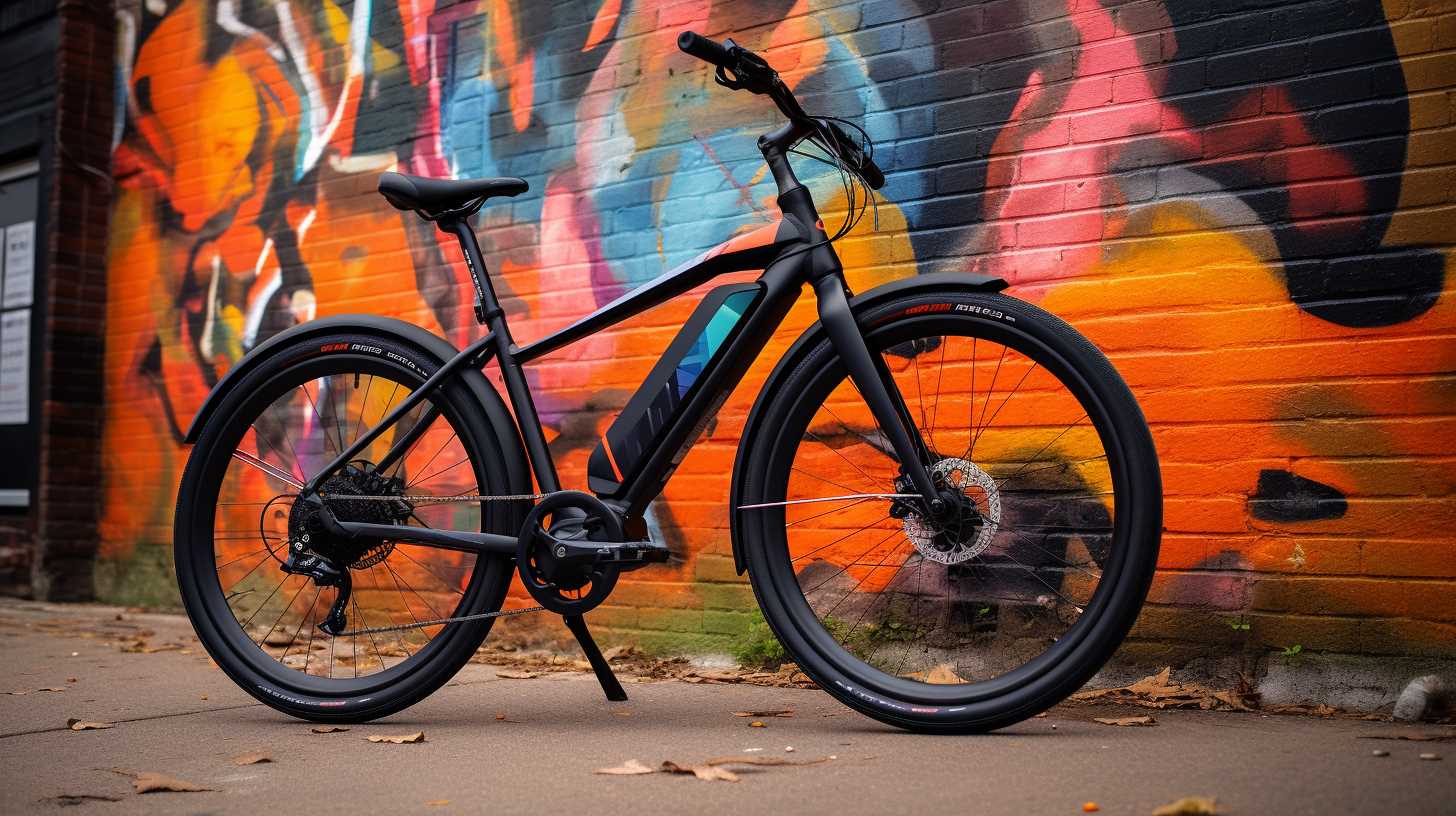
What Are the Components of Electric Bike Controller?
The electric bike controller consists of crucial components: power stage elements like MOSFETs, capacitors, and diodes. These convert the battery's DC power to necessary AC power, requiring regular checks to prevent overheating and hazards. Control logic includes fault detection, emergency...
Read more →
What Are the Components of Electric Bike Controller?
The electric bike controller consists of crucial components: power stage elements like MOSFETs, capacitors, and diodes. These convert the battery's DC power to necessary AC power, requiring regular checks to prevent overheating and hazards. Control logic includes fault detection, emergency...
Read more →
At What Percentage Should I Charge My E-Bike?
For peak performance and battery longevity, aim to charge your e-bike between 20% to 80%. Charging to full 100% or letting it drop to 0% frequently can harm the battery's lifespan. Sticking within the recommended range extends how long your battery will last and maintains its performance over...
Read more →
What Is the Technology Behind E-Bikes?
E-bikes are propelled by cutting-edge brushless motors, paired with high-capacity lithium-ion batteries. These bikes operate with the seamless integration of torque, cadence, and speed sensors, ensuring a responsive and safe ride. Efficient controllers regulate the power flow, guaranteeing...
Read more →
Why Ebikes Are Better Than Normal Bikes?
Ebikes excel over traditional bikes due to their eco-friendly nature, offering assistance for speed and efficiency, catering to a wide range of riders, promoting health benefits, and providing long-term savings. With rechargeable batteries and zero emissions, they are environmentally...
Read more →
What Are the Three Types of Electric Bikes?
Electric bikes come in three main types: commuter, off-road, and folding. Commuter bikes focus on efficiency and safety, with comfortable seating positions and theft prevention systems. Off-road bikes are rugged, with sturdy frames and high-traction tires for adventurous terrain. Folding...
Read more →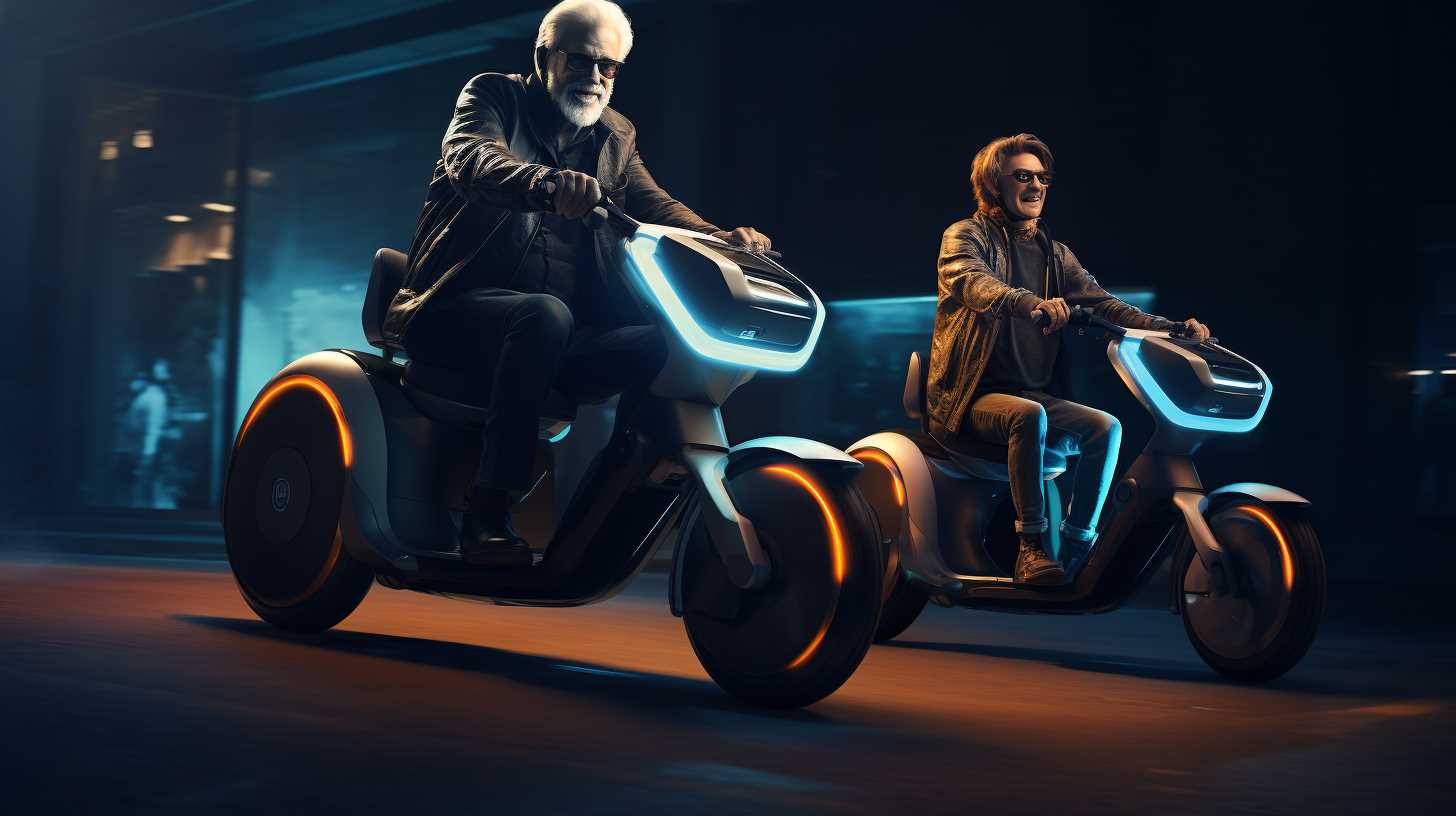
Can You Get an Ebike With a Throttle?
Yes, ebikes with throttles are available, allowing riders to accelerate without pedaling for added convenience. Throttles are particularly useful on challenging terrains or for getting a quick start. Understanding throttle sensitivity is key to avoiding sudden speed bursts. Mastering throttle...
Read more →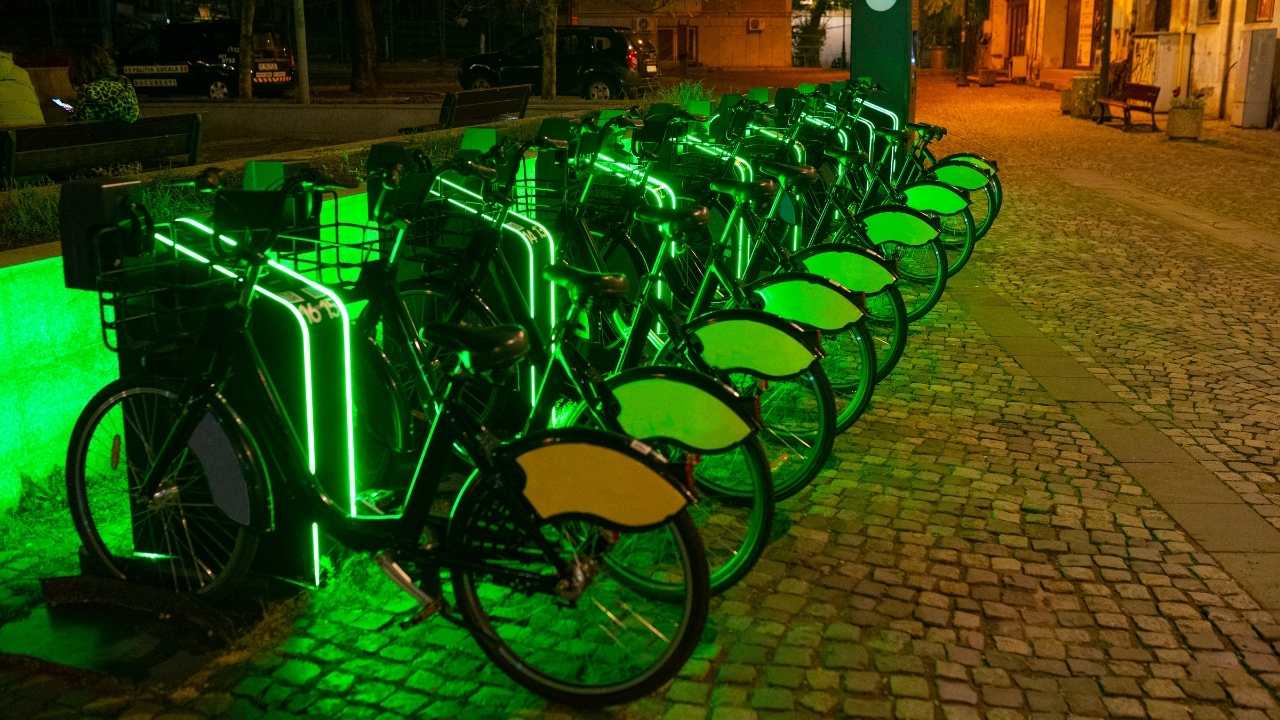
What Type of Battery Is Used in Electric Bike?
Electric bikes typically use lithium-ion batteries for their high energy density, long lifespan, and light weight. These batteries provide efficient power for riders while prioritizing safety measures to optimize performance and durability. They require proper handling, adherence to safety...
Read more →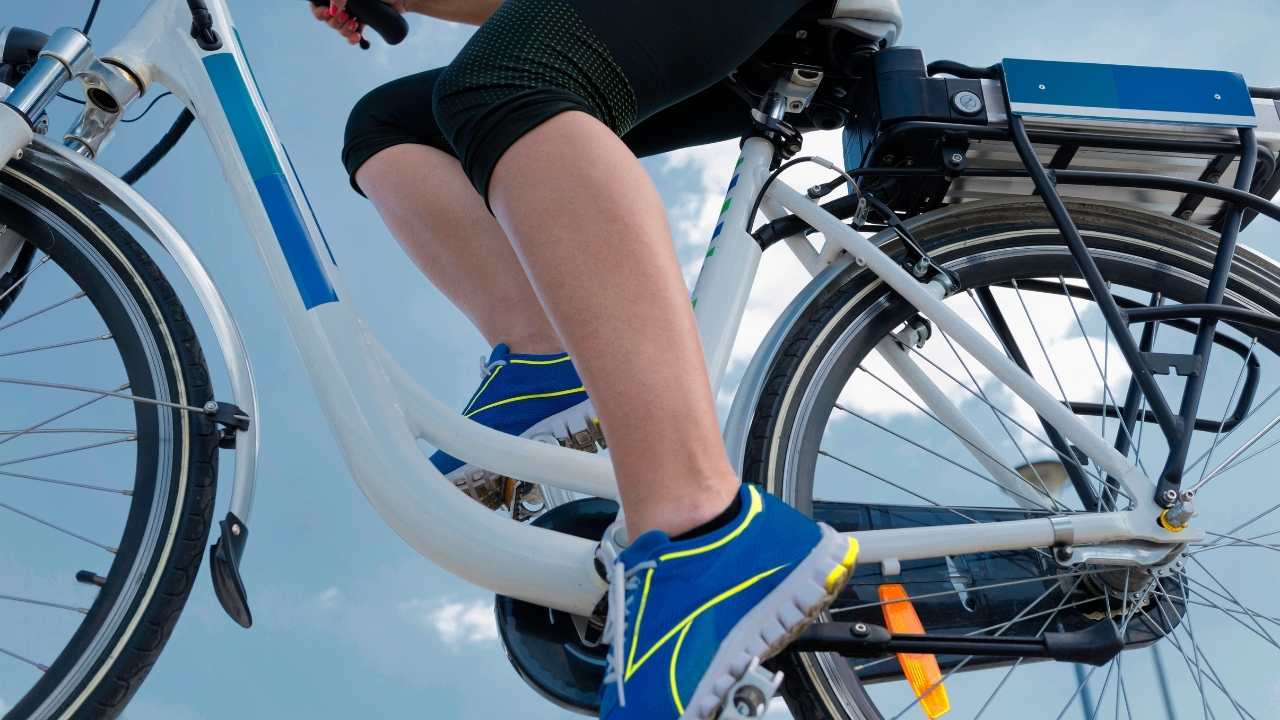
Are Ebike Motors AC or Dc?
Ebike motors can operate using either AC (alternating current) or DC (direct current) power sources. AC motors, known for smoother acceleration and high power output, generally need more complex control systems. Conversely, DC motors offer controlled acceleration and enhanced...
Read more →
What Voltage Is a EV Bike Battery?
The voltage of an EV bike battery typically ranges between 24V and 72V, depending on the model and intended use. Higher voltage improves acceleration and speed, but exceeding recommended levels can stress components. Lower voltage may limit speed and range. Understanding the voltage rating is...
Read more →